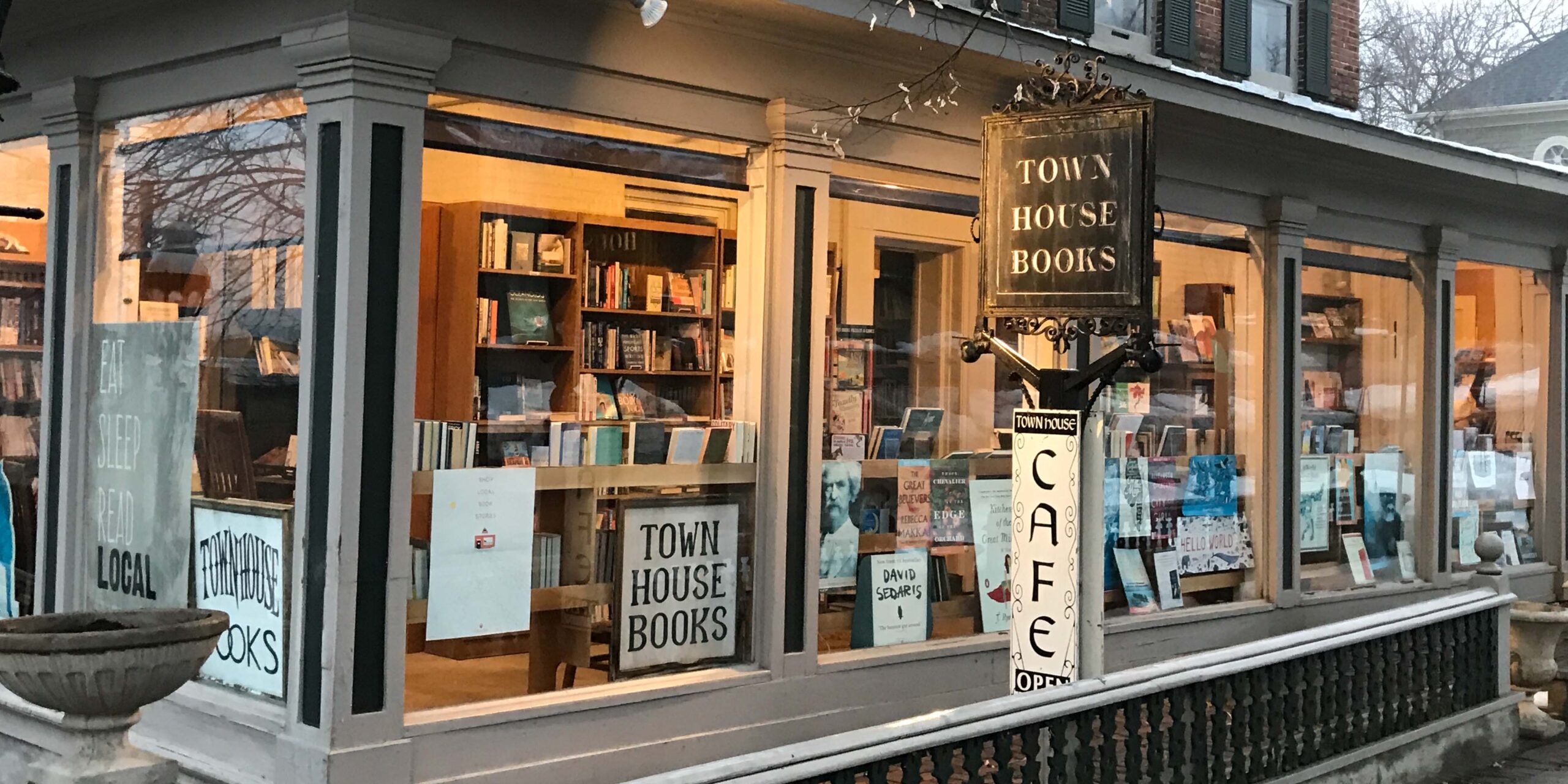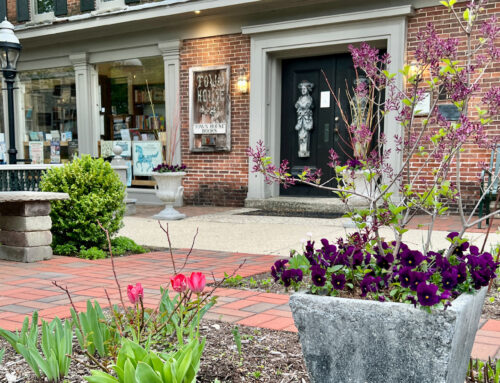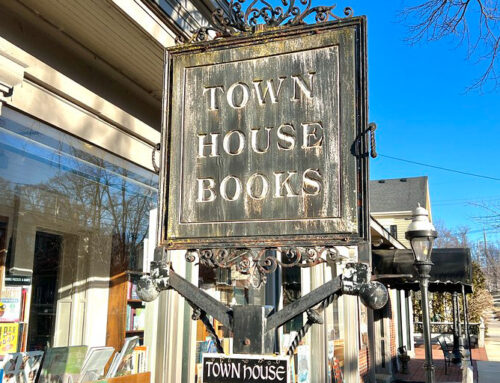Of Writers & Wolves
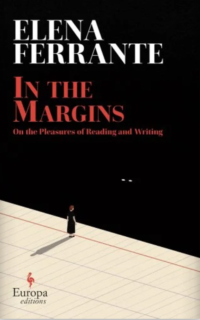 When we fall in love with a novel or poem or essentially any kind of artistic expression, it seems only natural to become curious about the creator. Maybe it is just the nature of our inquiring minds, wanting to fill in the gaps, make connections, see behind the scenes. But then questions arise about the relationship between the author and their work and does knowledge of the creator cloud experience of the work itself; is it an enhancement or an interference?
When we fall in love with a novel or poem or essentially any kind of artistic expression, it seems only natural to become curious about the creator. Maybe it is just the nature of our inquiring minds, wanting to fill in the gaps, make connections, see behind the scenes. But then questions arise about the relationship between the author and their work and does knowledge of the creator cloud experience of the work itself; is it an enhancement or an interference?
“That the stars are adamant
everyone understands—
but I won’t give up seeking joy on each blue wave
or peace below every gray stone.
If happiness never comes, what is a life?…”
-Edith Södergran
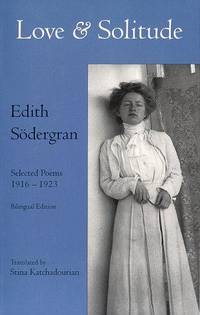 Especially in our tabloid social media culture I often think of the observation by the late great literary and cultural critic John Leonard that we are “invading our own privacy.” But sometimes knowing the stories behind the lives of our artists helps us appreciate their work more fully. Think of Emily Dickinson or Vincent van Gogh for instance. Or how much more poignant Edith Södergran’s poems become when we know that she was an adolescent when she was diagnosed with tuberculosis and died at the age of thirty-one. In her collection of letters The Poet Who Created Herself we witness her earnest connections to others as well as her great loneliness.
Especially in our tabloid social media culture I often think of the observation by the late great literary and cultural critic John Leonard that we are “invading our own privacy.” But sometimes knowing the stories behind the lives of our artists helps us appreciate their work more fully. Think of Emily Dickinson or Vincent van Gogh for instance. Or how much more poignant Edith Södergran’s poems become when we know that she was an adolescent when she was diagnosed with tuberculosis and died at the age of thirty-one. In her collection of letters The Poet Who Created Herself we witness her earnest connections to others as well as her great loneliness.
On the other hand, how troubling to read that the same Hermann Hesse who wrote the beautiful lines below from one of my favorite books called Wandering, commented elsewhere that women don’t need to create art because they express themselves through biological reproduction. In this he sadly remained in step with the conventions of his time.
“I want my soul to be a wandering thing, able to move back into a hundred forms, I want to dream myself into priests and wanderers, female cooks and murderers, children and animals, and more than anything else, birds and trees…”
-Hermann Hesse
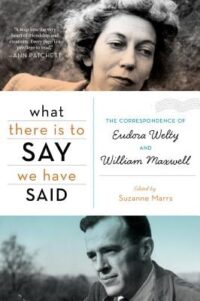 The art vs. artist conundrum is too big a discussion for these few lines (I happen to have been having this particular ongoing conversation with a dear friend at the store for several years!) but while reading journals, biographies, essays and letters of a favorite author is sometimes a delight or sometimes disenchanting, it does lead to a more complex literary experience.
The art vs. artist conundrum is too big a discussion for these few lines (I happen to have been having this particular ongoing conversation with a dear friend at the store for several years!) but while reading journals, biographies, essays and letters of a favorite author is sometimes a delight or sometimes disenchanting, it does lead to a more complex literary experience.
To explore authors you might be interested in, check these collections of letters, biographies and memoirs:
Letters, A Lost Art? | Biography Shelf
Happy Reading!
Who’s Afraid Of The Big Bad Wolf…
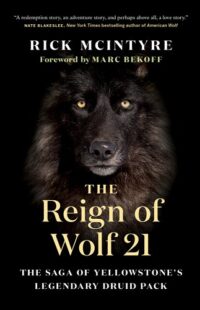 Rick McIntyre has spent decades observing wolves, and specifically the reintroduction of wolves to Yellowstone. What surprises all through this series are the individual personalities, the playfulness, and the profound, enduring relationships: more Shakespearean history than scientific treatise. After all, those qualities of affection and loyalty that made dogs “man’s best friend” were present first in wolves. For example, one of the greatest wolves in this saga is Druid pack alpha male 21, who never lost a fight but was just as renowned for his empathy toward the weakest in his pack and his playfulness with his pups.
Rick McIntyre has spent decades observing wolves, and specifically the reintroduction of wolves to Yellowstone. What surprises all through this series are the individual personalities, the playfulness, and the profound, enduring relationships: more Shakespearean history than scientific treatise. After all, those qualities of affection and loyalty that made dogs “man’s best friend” were present first in wolves. For example, one of the greatest wolves in this saga is Druid pack alpha male 21, who never lost a fight but was just as renowned for his empathy toward the weakest in his pack and his playfulness with his pups.

